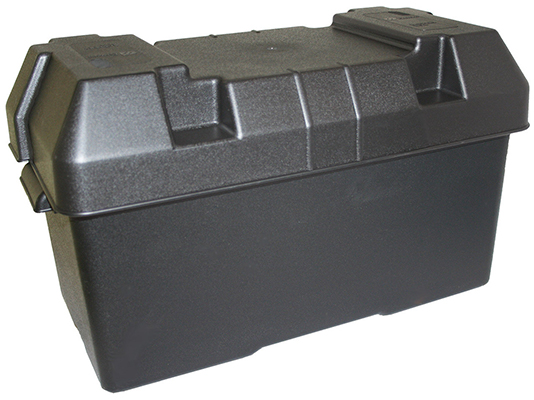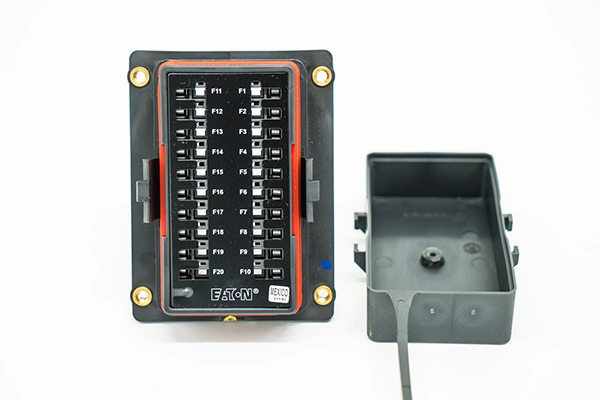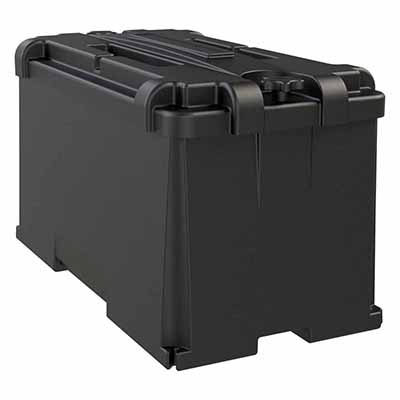Enhancing Reliability and Efficiency: Battery Enclosure Specifications for Commercial Van Fleets
News 2025-10-20
In the competitive world of fleet management, the battery box for commercial vans plays a crucial role in ensuring vehicle reliability and operational efficiency. These enclosures protect the battery from environmental hazards, vibrations, and impacts, which are common in fleet operations. For commercial van fleets, selecting the right battery box specifications can significantly reduce downtime and maintenance costs. This article delves into the key aspects of battery boxes, focusing on their application in various scenarios and the performance advantages they offer, helping fleet managers make informed decisions.

Application Scenarios
Fleet vehicles like commercial vans are used in diverse settings, from urban delivery routes to long-haul transports. In city environments, battery boxes must withstand frequent stops, starts, and exposure to road salts and debris, ensuring consistent performance. For rural or off-road applications, such as utility vans in construction sites, the enclosures need robust protection against dust, moisture, and extreme temperatures. By tailoring specifications to these scenarios, fleet operators can enhance vehicle longevity and reduce the risk of electrical failures, ultimately supporting smoother operations and higher productivity.
Performance Benefits
Battery boxes for commercial vans offer several key advantages that boost overall fleet performance. High-quality materials like reinforced plastics or aluminum provide excellent corrosion resistance and weight reduction, improving fuel efficiency. Advanced sealing technologies achieve IP67 or higher ratings, protecting against water ingress and dust, which is vital for maintaining battery health in harsh conditions. Additionally, features like vibration dampening and thermal management help extend battery life, leading to fewer replacements and lower operational costs. These benefits ensure that vans remain reliable, supporting uninterrupted service in demanding fleet environments.
Key Specifications
When specifying a battery box for commercial van fleets, several factors are critical. Dimensions typically range from 300mm x 200mm x 200mm to accommodate standard battery sizes, with mounting options for easy integration. Material choices often include impact-resistant composites or metals with anti-corrosive coatings to handle heavy-duty use. Electrical specifications might include compatibility with 12V or 24V systems, along with secure fastening mechanisms to prevent movement during transit. Adhering to standards like ISO 16750 ensures the box meets rigorous testing for environmental and mechanical stress, providing fleet managers with durable, high-performance solutions.
Frequently Asked Questions
1. What materials are commonly used in car battery boxes?
Materials such as high-density polyethylene or aluminum alloys are standard, offering durability and resistance to corrosion for long-term reliability in fleet applications.
2. How do battery boxes improve fleet efficiency?
By providing superior protection and reducing maintenance needs, they minimize downtime and extend battery life, leading to cost savings and more consistent vehicle performance.
3. What IP rating should I look for in a battery box?
An IP67 or higher rating is recommended for commercial vans, ensuring protection against dust and water immersion, which is essential for various operational environments.


